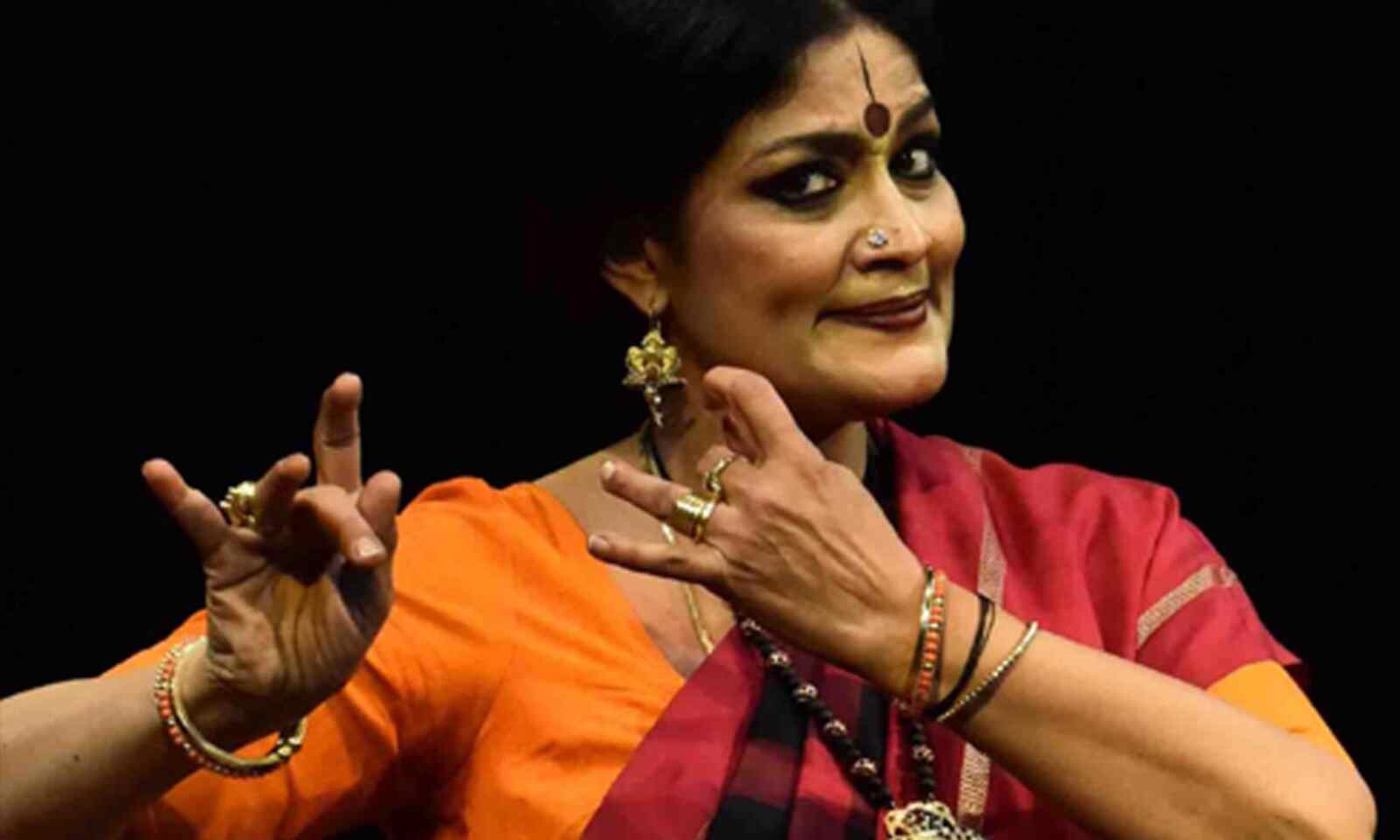
Financial uncertainty, male gaze: the struggles of women classical dancers

My mother was my first inspiration. As with many middle-class girls growing up in South Indian traditional homes, her personal aspirations in academics, sports and artistic pursuits were firmly made secondary to the educational and career demands of her brothers. This denial did not make her defeatist at all; rather it made her completely determined to give me the very best of all opportunities. And hence it was with her constant egging — which was sometimes even unreasonable — that I excelled in scholastic work, sports (playing basketball with skill) and got copious training in Bharatanatyam and Carnatic music.
The second big influence on my feminist imagination was my first dance teacher, Swarna Saraswathy, who hailed from the traditional Isai Vellalar community. Amma — as I called her — was hugely talented in dance and music; she played veena. Her forte was abhinaya (the art of leading an audience towards the experience of a sentiment) and she was called Abhinaya Saraswathy. Yet, what I admired most about her was the story of her life.
Also read: Are women’s posteriors fetishised, objectified in our culture? Butt of course
She fell in love with a well-to-do hotelier Sundaram Iyer, who lavished her with an exquisite life. In the early fifties, they went on a performance tour of Europe and remained out of the country for over nine months. During that period, Iyer’s business partners cheated him and took away his business. Swarna proved that she was pure gold. She stood by Iyer and moved base to Delhi, where she rebuilt their lives: they taught Bharatanatyam from their tiny flat in Karol Bagh. It was there that I — at the age of five — was taken to be her disciple.
While her art would seep into me through osmosis, her indomitable spirit too — I now realize — came to me as her virasat (legacy); the values I inherited from her. My third feminist influence was my mother-in-law, who left Kerala in the mid-fifties to make her career as a Botanist in Delhi. She built their life from scratch. While she put her career above everything, she also maintained work-life balance with elegance and poise.
Bharatanatyam: A career of my choice
On International Women’s Day, I pay respect to these three women who defined what it is to be a woman in our society, redefining roles and re-drawing boundaries. I was lucky to become a classical dancer; it was a career of my choice. Unlike other professions, Indian classical dance puts women on the centerstage and in the spotlight. The supporting gurus and musicians — almost always male — play only a supportive role under the arclights.
Also read: Nithila Das: Bengaluru teen on fast lane to achieve 2028 Olympics dream
Not for once should we undermine the difficulties that women dancers face: financial uncertainties, the looming male gaze and the threat of sexual exploitation. While women in most careers recognize these pitfalls, those in performative arts face another additional challenge: their work also entails physical exertion. Then, there is the tedium of always looking like a “star”. These additional pressures are most often missed amid the acclaim from the audiences.
Most often, the struggles of women classical dancers to carve out a space for themselves are overlooked. It is time we admired the labour that goes into their performances — often at great physical, emotional and financial costs. My message on this International Women’s Day: admire women artistes, but also understand the struggles and sacrifices they make in their career.

